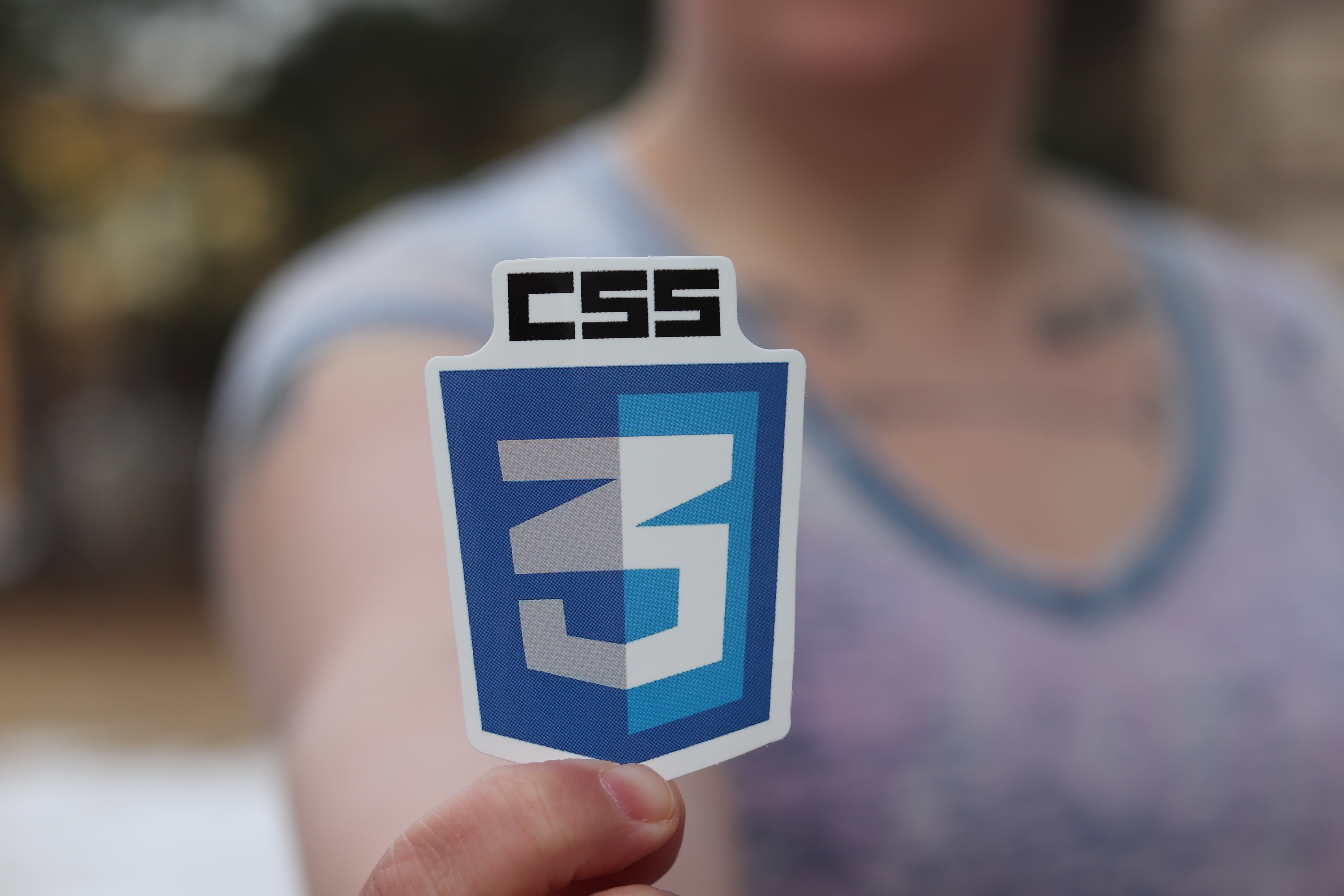Get Started With CSS: A Beginner's Guide To Learn CSS
Jun 28, 2023 8322 seen
Why and Where To Learning CSS
Today, I would like to talk about our favorite style sheet language, which is used used to define the visual appearance and layout of a document created in a markup language like HTML or XML. We will dig deeper into CSS basics, also, we'll discuss the learning process step-by-step. So let's get started!
CSS (Cascading Style Sheets) is an essential technology for web development, allowing developers to control the visual aspects of a webpage. Whether you're a beginner or an experienced developer, learning CSS is crucial to creating attractive and responsive websites. This article will explore various resources and methods to help you learn CSS effectively and provide insights into the exciting intersection of AI and CSS.
CSS is a powerful tool for web developers; various resources are available to help you learn and master it. You can enhance your CSS skills and create visually stunning and responsive websites by utilizing online tutorials, courses, practical exercises, and advanced techniques. Furthermore, with the emergence of AI in CSS, developers can leverage AI-powered tools and explore their potential in design systems and accessibility. Embrace the learning journey, keep practicing, and stay updated with the latest advancements to become a proficient CSS developer.
Well, the first step to begin your journey into CSS is understanding its fundamentals. CSS uses syntax and structure that control web page layout, styling, and presentation. Familiarize yourself with CSS selectors, properties, and values to target specific HTML elements and apply styles to them. Numerous resources can aid your learning process, for example, websites like W3Schools, MDN Web Docs, and CSS-Tricks offer comprehensive CSS tutorials. These platforms provide step-by-step guides, explanations, and examples to help you grasp CSS concepts and techniques.
Practical Learning Approaches
As we know, every learning process involves more than just studying theory: the same is with learning CSS. It is better to use practical exercises and adopt specific tools and techniques to reinforce your skills. Here are some examples of how you can practice your skills:
1. Work on small projects or study existing CSS code to gain hands-on experience. You'll understand different CSS techniques and best practices by dissecting and analyzing examples.
2. Choose a suitable code editor, such as Visual Studio Code or Sublime Text, which enhances your CSS development experience. These editors provide syntax highlighting, auto-completion, and easy navigation to streamline your coding process.
3. Modern web browsers come with built-in developer tools that enable you to inspect and experiment with CSS properties on live websites. You can better understand how CSS impacts webpages by manipulating CSS rules and instantly seeing the changes.
Advanced CSS Techniques
Once you have a solid grasp of the basics, it's time to explore advanced CSS techniques that allow you to create more dynamic and responsive websites.
1. Responsive Design
Responsive design refers to the practice of creating websites that adapt and respond to different screen sizes and devices. With the increasing use of various devices like smartphones, tablets, and desktop computers to access the internet, it is essential to ensure that websites provide an optimal viewing and user experience across all these platforms.
2. CSS Frameworks
CSS frameworks are pre-built collections of CSS files and code snippets that provide a foundation and set of predefined styles for web development projects. They are designed to streamline the process of creating consistent and visually appealing websites by providing ready-to-use components, layouts, and responsive grid systems.
3. CSS Preprocessors
CSS preprocessors are tools that extend the capabilities of CSS by introducing additional features and functionalities. They allow developers to write CSS in a more efficient and organized manner. CSS preprocessors work by providing a set of programming-like features that are not available in standard CSS.
AI-Powered CSS Tools
The emergence of AI has started to impact various industries, including web development. Let's explore how AI can revolutionize CSS development.
1. AI-powered tools like CSS Grid Generator, AI-generated design recommendations, and automated code refactoring tools can assist with CSS generation, optimization, and debugging. These tools leverage machine learning algorithms to automate certain aspects of CSS development, saving time and effort for developers.
2. Design systems play a vital role in maintaining consistency in user interfaces. AI algorithms can analyze design patterns and generate CSS code that adheres to the defined design system, ensuring a cohesive user experience across web pages.
3. AI for Accessibility AI has the potential to improve accessibility by automatically generating CSS code that enhances readability and user experience for individuals with disabilities. AI algorithms can identify and apply appropriate contrast ratios, font sizes, and other accessibility-related styles to ensure inclusivity.


